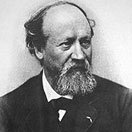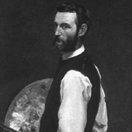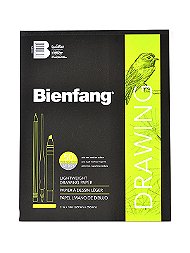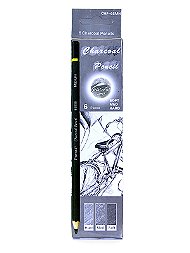Styles & Periods

Impressionism
Courbet's assertion that painters must "see in a new way" resulted in Realism, but another group of French painters responded very differently to his challenge, creating the major late 19th century art movement known as Impressionism. Impressionism refers specifically to those works of art produced between the years 1867 and 1886 by a group of painters who shared a set of similar techniques and artistic sensibilities. The group was comprised of Camille Pissarro, Claude Monet, Alfred Sisley, Pierre-Auguste Renoir, Armand Guillaumin and Berthe Morisot. Edgar Degas and Paul Cézanne both painted for a time in the Impressionist style, while Édouard Manet, though not originally part of this group of artists, influenced the Impressionists and later adopted the approach himself. These artists' main agenda was to convey a visual reality -- not realistically solely in terms of non-embellishment or choice of subject, but in the representation of color and light. They drew inspiration and support from photography, which in taking over a place formerly occupied by portraiture, pushed painting toward modernism. Japanese prints were influential as well, in that they highlighted the conventions of Western painting that had previously gone uninterrogated. Impressionist paintings sought to give an impression of the effect of a particular scene or subject using unmixed primary colors and small brush strokes to approximate the shifting, transient quality of reflected light. Impressionism reacted against the controlled light of studio painting, taking art making out of the controlled, privileged confines of the studio, and into the vagaries and vulnerabilities of the street. While Impressionist paintings can seem tranquil to contemporary eye, they were the source of bitter controversy and vibrant debate when first shown. By the 1880s, Impressionism began to give way to new artistic theory, and younger, ambitious artists. With the advent of Post-Impressionism, a revolutionary movement came to a close, but not without first making an indelible mark on the art world.
- 20th Century Architecture
- 20th Century Photography
- 20th Century Sculpture
- Abstract Expressionism
- Aegean Art
- African Art
- Archaic Asian Art
- Art Nouveau
- Arte Povera
- Ashcan School
- Avant-Garde
- Barbizon School
- Baroque
- Bauhaus
- Body Art
- Buddhist Art
- Byzantine Art
- Carolingian Art
- Celtic Art/ Early Medieval Art
- Chinese Painting
- Color-Field Painting
- Computer Art
- Conceptual Art
- Constructivism
- Contemporary Art in Asia
- Cubism
- Dadaism
- De Stijl
- Die Blaue Vier
- Die Brücke
- Divisionism
- Early Christian Art
- Early Renaissance
- Earthworks
- Egyptian Art
- Environmental Art
- Etruscan Art
- Expressionism
- Fauvism
- Feminist Art
- Funk Art
- Futurism
- Gothic Art
- Graffiti Art
- Greek Art
- Happenings
- Hard-Edge Painting
- Hellenistic Art
- High Renaissance
- Impressionism
- Indian Art
- International Gothic
- Islamic Art
- Kinetic Art
- Korean Ceramics
- Mannerism
- Metaphysical Painting
- Minimalism
- Modernism
- Native American Art
- Near Eastern Art
- Neoclassicism
- Neo-Expressionism
- Neoplasticism
- Northern Renaissance
- Oceanic Art
- Optical Art
- Ottonian Art
- Outsider Art
- Performance Art
- Photo Realism
- Pop Art
- Post-Impressionism
- Postminimalism
- Post-Painterly Abstraction
- Precisionism
- Prehistoric Art
- Pre-Raphaelites
- Process Art
- Public Art
- Purism
- Realism
- Regionalism
- Rococo
- Roman Art
- Romanesque
- Romanticism
- Social Realism
- Spatialism
- Suprematism
- Surrealism
- Symbolism
- Synthetism
- Tonalism
- Video Art
|
|
|
||||
|
|
|
||||
 Download FREE coloring
Download FREE coloring
book pages to color at
home or school.
View Pages »






















